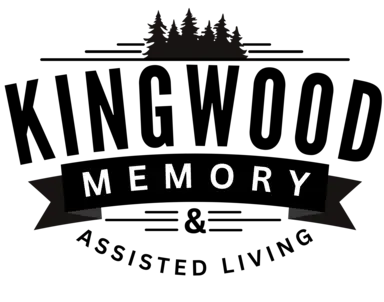Head trauma and brain cancer are two distinct conditions with significant implications for neurological health. While head trauma, such as concussion or traumatic brain injury (TBI), results from external forces impacting the head, brain cancer arises from the abnormal growth of cells within the brain tissue. Despite their differences, emerging evidence suggests a potential link between head trauma and the development of certain types of brain cancer. This analysis delves into the complex relationship between head trauma and brain cancer, examining the underlying mechanisms, epidemiological evidence, and clinical implications of this association.
1. Mechanisms Underlying The Head Trauma-Brain Cancer Connection:
– DNA Damage And Mutations:
Head trauma can induce DNA damage and genetic mutations within brain cells, leading to alterations in cell cycle regulation, proliferation, and apoptosis. Accumulation of DNA damage and genomic instability may predispose cells to oncogenic transformation and tumor initiation.
– Inflammatory Responses:
Head trauma triggers neuroinflammatory responses characterized by the release of pro-inflammatory cytokines, chemokines, and reactive oxygen species. Chronic inflammation in the brain microenvironment following head trauma may create a conducive milieu for tumor growth, angiogenesis, and metastasis.
– Disruption Of Blood-Brain Barrier:
Traumatic injury to the brain can disrupt the integrity of the blood-brain barrier (BBB), a specialized vascular structure that regulates the passage of molecules and immune cells into the brain. BBB dysfunction allows circulating tumor cells or inflammatory mediators to infiltrate the brain parenchyma, promoting tumorigenesis and disease progression.
2. Epidemiological Evidence Of Head Trauma-Brain Cancer Association:
– Gliomas And Meningiomas:
Epidemiological studies have reported an increased risk of certain types of brain tumors, particularly gliomas and meningiomas, following head trauma. Individuals with a history of severe head injury, repetitive concussions (e.g., in contact sports), or occupational head trauma may exhibit higher incidence rates of brain tumors compared to the general population.
– Temporal Relationship:
The temporal relationship between head trauma and subsequent brain tumor diagnosis varies among different tumor types. While some studies suggest a latency period of several years between head injury and tumor development, others indicate a more immediate or delayed onset of symptoms following traumatic brain injury.
3. Clinical Implications And Management Considerations:
– Surveillance And Monitoring:
Patients with a history of significant head trauma may benefit from regular surveillance and monitoring for signs and symptoms of brain cancer, such as headaches, seizures, cognitive changes, or focal neurological deficits. Healthcare providers should be vigilant in evaluating patients with a history of head injury for potential malignancies.
– Risk Reduction Strategies:
Strategies aimed at minimizing the risk of head trauma, particularly in high-risk populations such as athletes, military personnel, and individuals engaged in hazardous occupations, may help mitigate the risk of subsequent brain cancer development. Implementing appropriate safety measures, concussion protocols, and protective equipment can reduce the incidence of traumatic brain injury and its associated sequelae.
4. Future Directions In Research And Prevention:
– Molecular Mechanisms:
Further research is needed to elucidate the molecular mechanisms underlying the association between head trauma and brain cancer. Investigating the genetic, epigenetic, and cellular changes induced by traumatic brain injury may uncover novel therapeutic targets and biomarkers for early detection and intervention.
– Precision Medicine Approaches:
Precision medicine approaches, including genomic profiling and molecular subtyping of brain tumors, may inform personalized treatment strategies for patients with head trauma-associated brain cancer. Tailoring therapeutic interventions based on individual tumor biology and patient-specific risk factors can optimize clinical outcomes and prognosis.
The relationship between head trauma and brain cancer represents a complex interplay of genetic, environmental, and pathological factors. While epidemiological studies have provided evidence of an association between head trauma and certain types of brain tumors, the underlying mechanisms and causal pathways remain incompletely understood. Continued research into the molecular mechanisms, epidemiological trends, and clinical outcomes of head trauma-associated brain cancer is essential for informing preventive strategies, early detection methods, and targeted therapies. By elucidating the link between head trauma and brain cancer, healthcare providers can better identify at-risk individuals, improve surveillance protocols, and enhance patient care for this challenging neurological condition.
Thank you for taking the time to explore Kingwood Memory Care & Assisted Living. We’re committed to providing compassionate and personalized care for individuals with memory-related challenges. If you have any questions or would like to learn more about our services, please don’t hesitate to reach out to us at 281.892.1400 or via email at info@kingwoodmemorycare.com. We’re here to support you and your loved ones on this journey.





